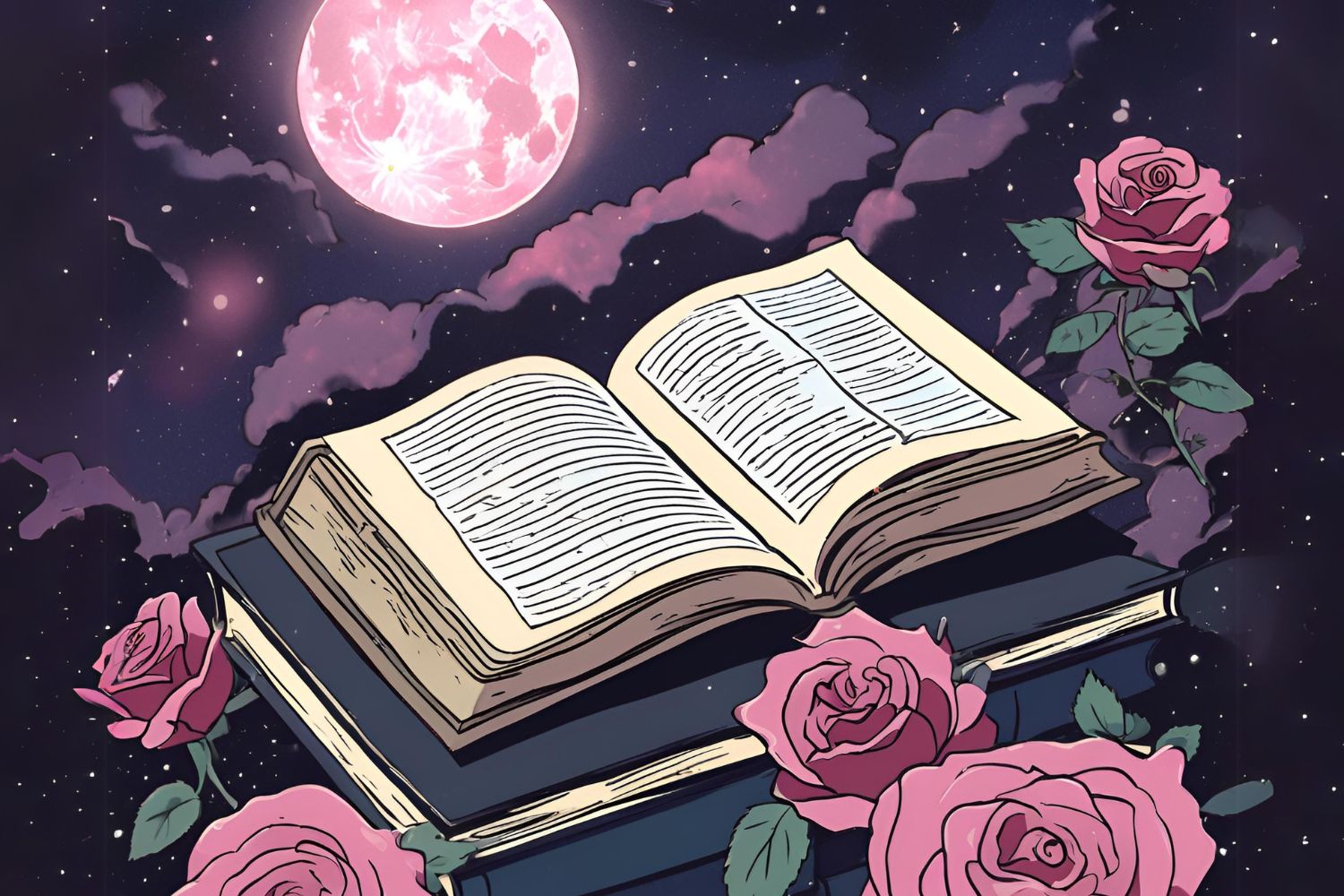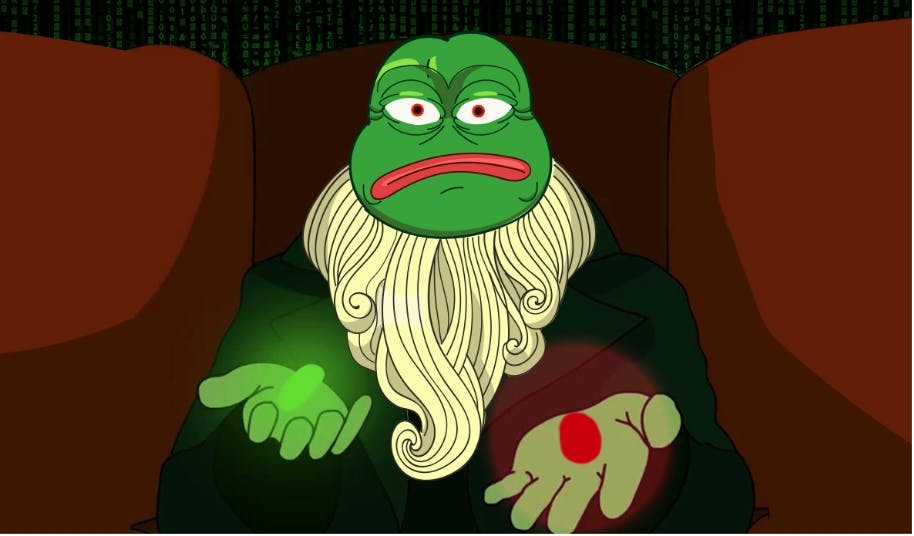The recurrence of content dedicated to romance on Instagram and TikTok will undoubtedly not have escaped the attention of social network users. In recent years, #booktok has replaced blogs dedicated to books, YouTube videos and even, more broadly, rating platforms. With short videos, readers share their latest discoveries and romance is among the most discussed genres on these platforms. As Wattpad has spawned international successes, #Booktok highlights authors who were previously only known to a few followers.
Publishing houses were quick to seize these stories, halfway between marvelous epics and erotic novels. Some have even devoted themselves entirely to this type of work, like Hugo Roman who takes all the American hits to transport them to our green lands. It remains that if the success is undeniable, a look towards the New York Times Best Seller List is enough to convince oneself, romanticism raises many questions. From the way in which it depicts sexual and romantic relationships, to the quality of the writing, through approximate narrative constructions, the genre is often denigrated or even downright castigated. We decided to give it a chance and explore three iconic fictional universes.
Romance et fantasy
Romantasy – a contraction of romance and fantasy – occupies a very special place in “Young Adult”. In bookstores, these representatives are numerous and most often accompanied by a mention “tiktok phenomenon”. Most often, it involves adopting a marvelous context borrowing from the masterpieces of genre literature and developing a sulphurous love story between an ingenuous young woman and a dark male character.
Gild : La Saga d’Auren – Tome 1 at Hugo Roman
Auren is a filly and favorite of King Midas. The young woman is the creation of this emblematic figure of Greek mythology, and lives in a gilded cage where she daily attends orgies, suffers the wrath of the Queen, and is at the heart of a transaction between Midas and the royalty of another country.
A Palace of Thorns and Roses (ACOTAR) at La Martiniere Jeunesse
Feyre who lives in poverty and starvation. When she kills a wolf in the woods near her home, an Immortal arrives and offers her a dilemma. Die or resolve to leave your loved ones and live with them in their world. She will quickly discover that the hatred she has for immortals is probably not justified.
The Millennium Wolves at Hugo Roman
Sienna is a nineteen-year-old werewolf who belongs to the East Coast Pack. She loves painting, hanging out with her friends and enjoying life! What she doesn’t like, however, is the Frenzy period, when she and all her peers are in the breeding season. Forced to live with Aiden, the Alpha of the pack, Sienna has more difficulty than expected in rejecting his advances.
Fantasy, really?
The very essence of fantasy lies in its ability to bring forth imaginary, distant and marvelous worlds. Tolkien has his Middle Earth, George RR Martin his Westeros and CS Lewis and his world of Narnia. For each of these authors, it is a question of building a rich mythologyoften with its own language, its own politics and an impressive cast of characters. In the case of heroic fantasy, it is a Fantasy Middle Ages which serves as a backdrop to the heroes’ adventures. At Christelle Dabos, however, steampunk and Belle époque aesthetics come together to tell the story of the quest for the illustrious Mirror Pass. If their inspirations are multiple, fantasy authors find themselves behind the desire to build rich worlds and swarming. This “world building” is the very essence of fantasy and authors frequently devote years to it. By discovering romantasy, one could expect to find this same care in the writing and creation of marvelous and dense mythologies.
It is clear that sagas evolving in such rich contexts are rare. If the success of ACOTAR (A palace of thorns and roses) can be understood, the adventures of Feyre benefit from a treatment convincing enough to captivate us, this is far from being the case for Gild et The Millennium Wolves. Around the romantic tribulations of the two heroines, the narrative will never manage to build sufficiently captivating issues to do justice to the term “fantasy” around which the genre was built.
More broadly, while fantasy often draws on myths and legends to build a rich bestiary, romanticism is content to borrow from the emblematic figures of existing universes to evolve its story. Fae, werewolves and even dragonsnothing really new under the sun of a literature ultimately more focused on romantic and sexual relationships.
New Chick reads or SMUT?
At the end of the 1990s, a new Anglo-Saxon term emerged to describe works written for women and by women, and whose main narrative sources are borrowed from romantic comedies. Chick reads, literally “literature for chickens” has enjoyed dazzling success. Monuments of this kind are numerous, from Bridget Jones’s Journal au Devil wears Prada until Twilight. If works of the genre are often mocked, it is an opportunity for many authors to make their voices heard and join the rankings of the most read novels in the world. There is no doubt that romanticism is part of this same movement, it is almost always books written by female authors aimed at young adults.
The recurring narrative patterns of the genre are also present, from forced cohabitation to traditional “ennemies to lovers”. In The Millennium Wolves for example, it is first of all a visceral hatred that inhabits the heroine when she crosses paths with the man who will become her partner. The motherhood of these dynamics is often attributed to Jane Austen and her Pride and prejudicehere, however, the idea is less to transcribe this detestation by means of scathing replies exchanged during social evenings. If Elisabeth Bennet and Mr. Darcy dare not exchange anything other than accusatory glances, the heroes of romanticism materialize their hatred through fiery connections. In the three works that we were able to read, sexuality is at the epicenter of the relationships between the characters.
But sexual assault and overstepping of consent are commonplace. This is also the main criticism addressed to this literary trend which romanticizes abusive relationships. While many readers question romance as a whole, romantasy does not yet seem to have grasped the idea of fiction that rejects rape culture and patriarchal ideas. Even in the representation of sexuality, the decades “male gaze” shape the intimate relationships of the characters. Omnipresence of virility, rejection of feminine pleasure and unrealism, sex in romanticism is done at through the window of a heteronormative and largely patriarchal popular culture. It’s a shame, for a genre aimed at a female audience and which can sometimes be masturbatory.
If romance is told through the female gaze, the use of the first person singular and the internal point of view is legion, few writings break free from the shackles to reinvent romance and make female emancipation a driving force for the action. There are, however, some attempts, such as when a heroine uses her power to save a sidekick who is being raped, but this redemption comes after chapters of hatred of the other female characters. The heroines are not kind to the other female protagonists; jealousy is at the heart of their interactions.
But what’s the problem?
Books that discuss sexuality for informed adults. Why is romanticasy criticized? We can criticize a certain ambivalence in these stories which take up themes and mechanics often reserved for adolescent literature. The covers of the three selected books could very well be taken from certain emblematic collections in the children’s section, The Millennium Wolves would not detonate alongside the Twilight et Diaries of a Vampire while Gild recalls some recent successes among those over 13, The Inheritance Games has The Word Passer. The graphic charters are similar, sowing confusion among readers… and especially their parents.
Another point that makes some people cringe, to be part of a trend, many publishing houses use and abuse the term to promote all romantic stories involving a little bit of magic. The Millennium Wolves for example, will not have as its only fantastic element the transformation of these characters while that Hades and Persephone is a contemporary rereading of the myth where magic is almost absent. Finally, we can also regret that romanticism is eclipsing fantasy and its representatives who now see themselves relegated far from the shelves they once invaded. It must nevertheless be recognized that thanks to its refined writing, its hackneyed narrative mechanisms and its less dense mythology, the genre is often synonymous with a return to reading for adults having abandoned novels after the frenzy of adolescent sagas. And it is undoubtedly to them that worlds like those presented here are truly aimed.
🟣 To not miss any news on the WorldOfSoftware, , .


/cdn.vox-cdn.com/uploads/chorus_asset/file/25462047/STK155_OPEN_AI_CVirginia_2_D.jpg)








